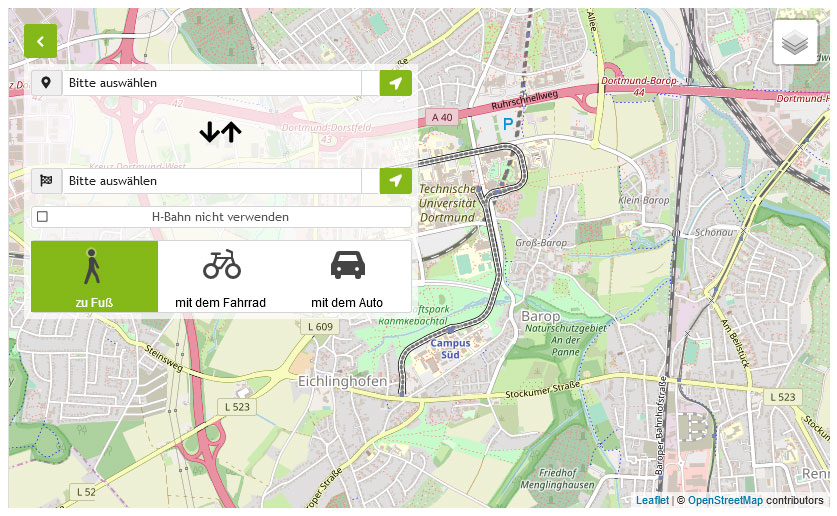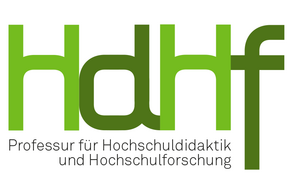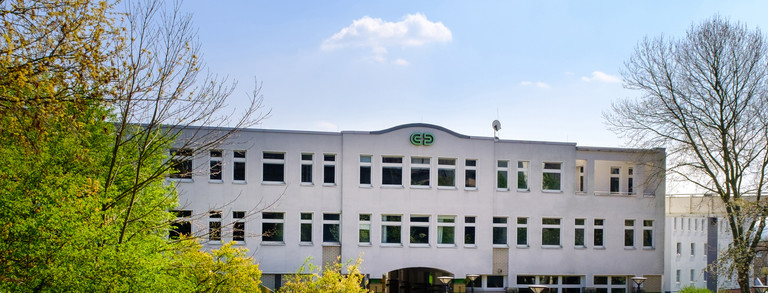University-Industry Collaboration in High-Tech Fields in the U.S. and Europe
Project Description
Global competition between countries has fostered innovation policies towards promoting collaborations between universities and industry and towards commercialization of knowledge production. These developments are believed to have permeated the organizational structure and culture of universities as well as the nature of traditional academic work, norms and identities.
This project is aimed at understanding the patterns of the development towards 'academic capitalism' by focusing on the following research questions:
- How have research commercialization policies influenced universities as organizations?
- What impact do they have on various aspects of academic work?
- What changes can be observed in academic culture and identities at the level of university organization as well as of individual scientists?
The research questions are addressed by drawing on literature and document analysis combined with analysis of interview data.
Project Period
2014 – 2016
Project Team
Principal investigator
Prof. Dr. Liudvika Leišytė
Project staff
Dr. Lisa Sigl (Postdoctoral Researcher)
Publications
- Leišytė, L. (2013). Research commercialization and academic autonomy: Views from the academic heartland. Keynote at the Jean Monnet Center, University of Leeds, February, 2013.
- Leišytė, L. (2013). An entrepreneurial university and its socio-economical context. Presentation at the Leuphana University of Lüneburg BMBF funded workshop "Strategic Change and Organizational Transformation of Higher Education Institutions", Lüneburg, November 22.
- Leišytė, L. (2013). Academic capitalism in Dutch universities. Presentation at the Annual Meeting of the Society for Social Studies of Science (4S), San Diego, October 9-12.
- Leišytė, L. (2012). Understanding academic work in the changing institutional environment: faculty autonomy, productivity and identity in Europe and the U.S. Presentation made in the conference on Changing Conditions and changing approaches of academic work, Berlin, June 4-6.
- Leišytė, L. & Horta, H. (2011). Introduction to a special issue: Academic knowledge production, diffusion and commercialization: policies, practices and perspectives. Science and Public Policy, 38(6), 422-424. https://doi.org/10.3152/030234211X12960315267697
- Leisyte, L. (2011). Research commercialization policies and their implementation in the Netherlands and in the U.S. Science and Public Policy, 38(6), 437-448. https://doi.org/10.3152/030234211X12960315267778





